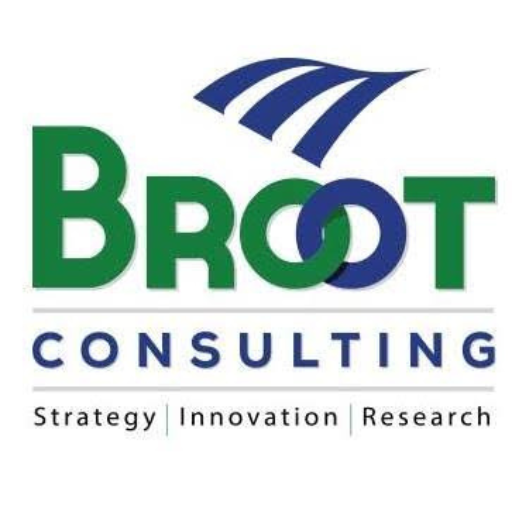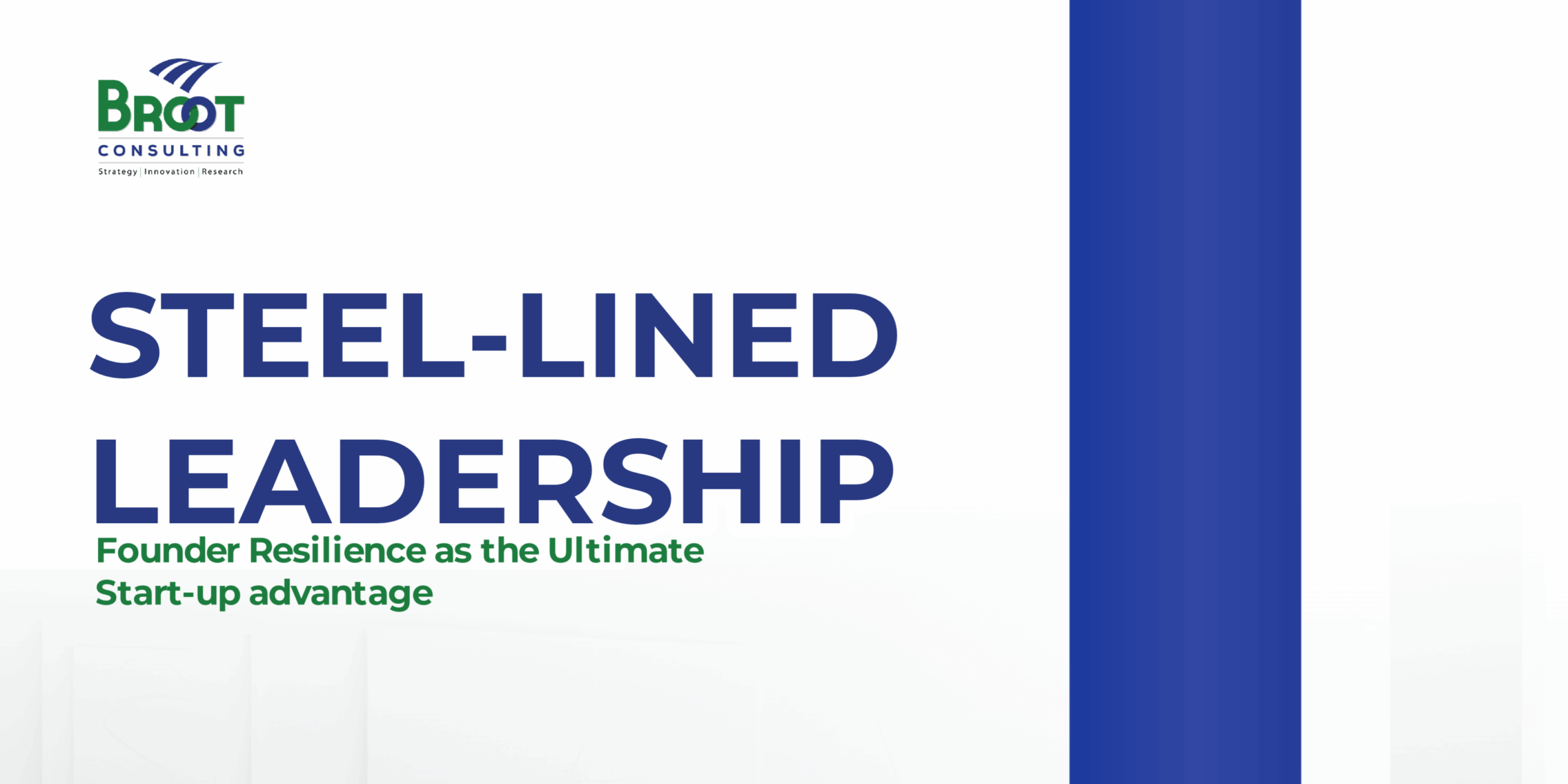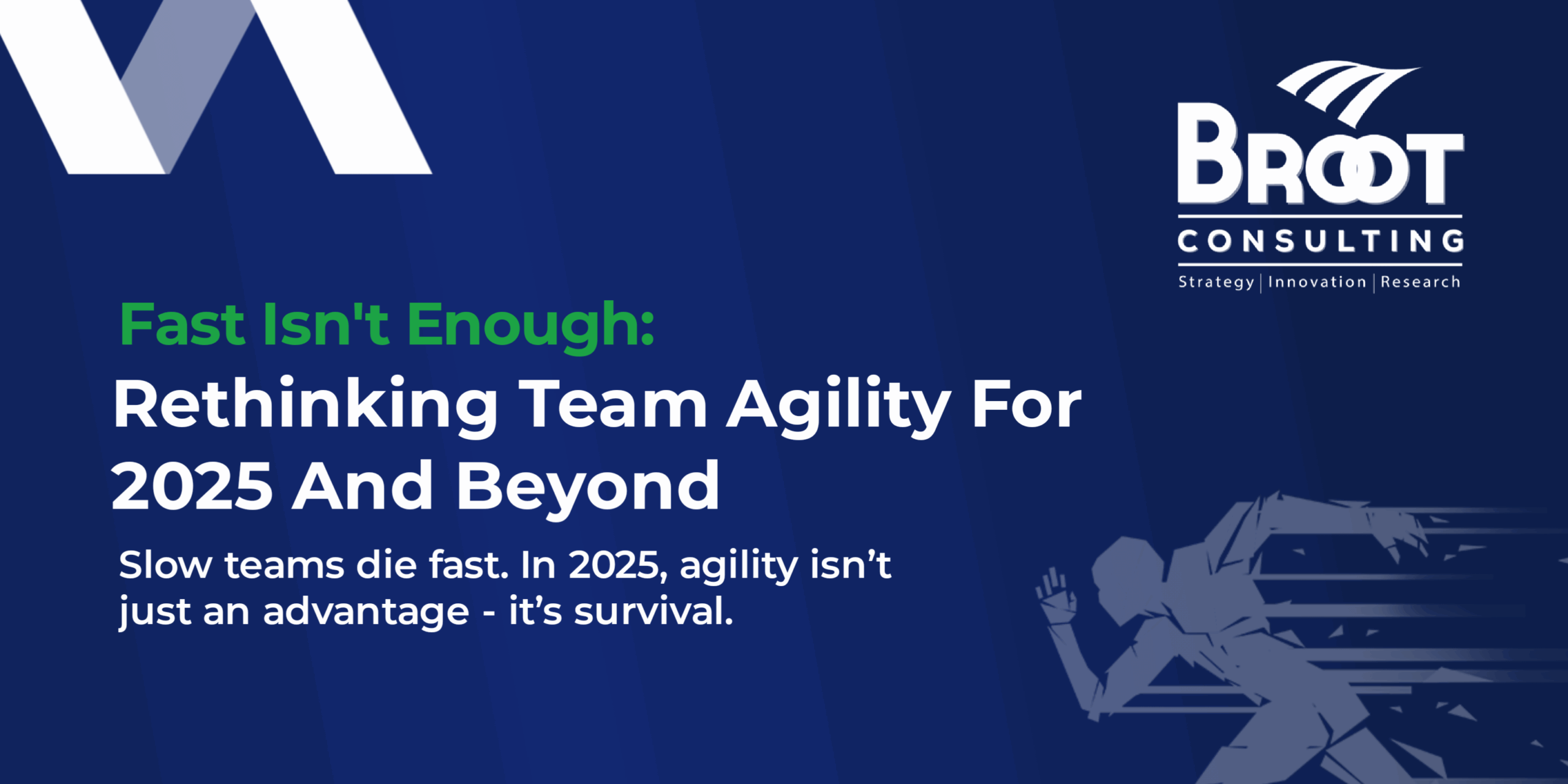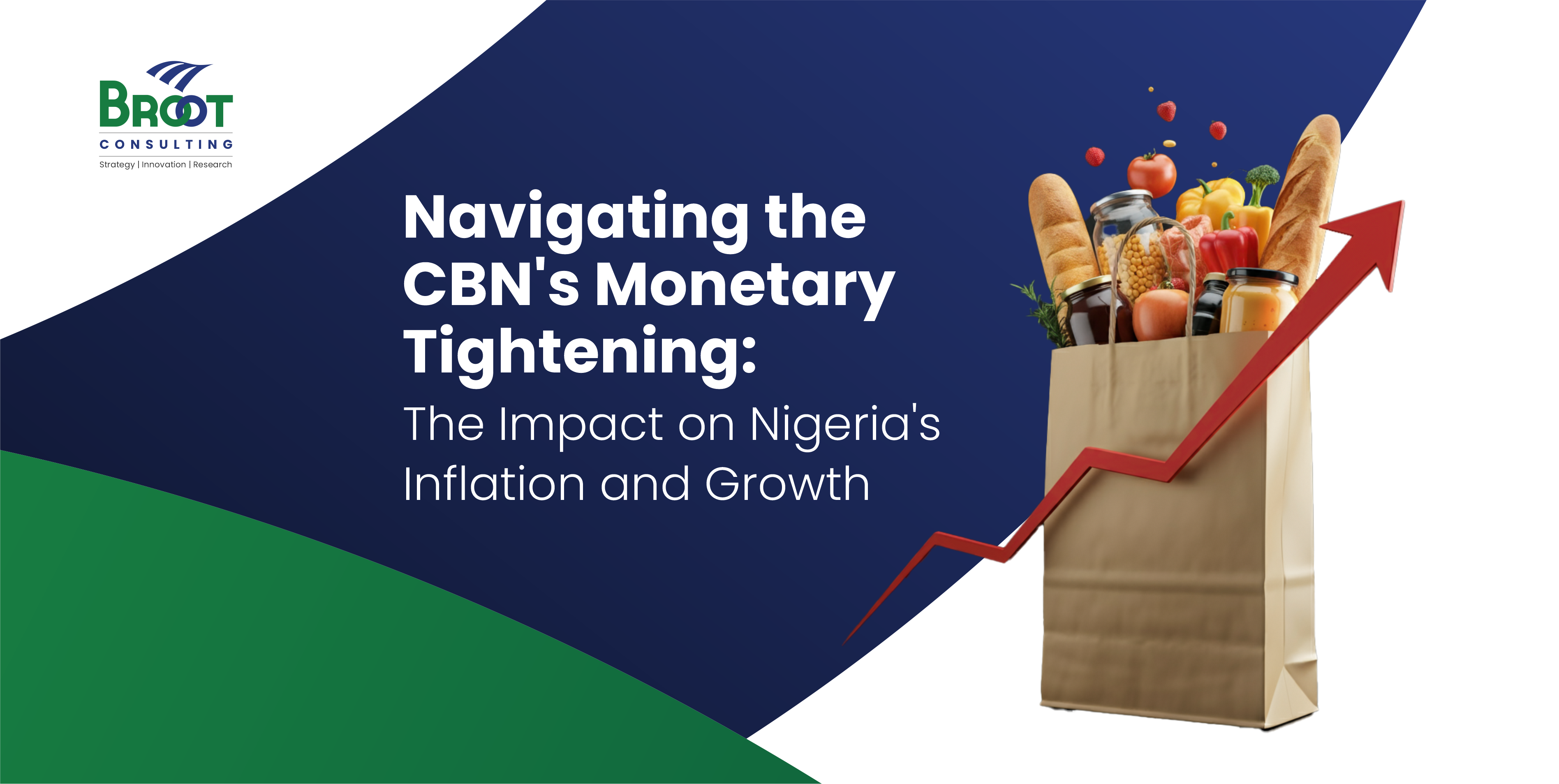Building a Design-Led and Human-centered Organization for such an era as this.
It all began with Babban Gona trying to address the problem of low profitability faced by smallholder farmers in Nigeria. They decided to provide end-to-end services for farmers, from improved seeds to marketing support. Through a deep understanding of farmer needs, they created a model that addresses the challenges at every stage of the farming process. The scalable model has significantly improved yields and profitability for thousands of farmers.
Design thinking (DT) is a solution-oriented approach to addressing complex problems. It involves empathy, experimentation, testing, and iteration. For organizations aiming to be innovative, integrating DT into their operations can lead to radical transformational results. In Africa, particularly Nigeria, businesses and NGOs continue to explore how to leverage design thinking. To address market-driven and social challenges.
Becoming a Design-Led Organization:
Design-led organizations are an organisation that uses a human-centric approach to define and solve problems and create a meaningful solution that meets the needs of the users. To become design-led, it is vital that an organization embrace; CIEE, the acronym stands for cultivate, invest, embed and Encourage
- Cultivate a Culture of Empathy: Encourage teams to walk in the shoes of users to deeply understand users’ needs, aspirations, and pain points.
- Invest in Training: there must be an intentional approach to constantly upscale employees’ skills in design thinking and transform their mindset and approach towards defining and solving a problem. If the goal is to embed DT deeply into the organization’s DNA and foster a culture of innovation, then widespread training might be beneficial. Upscaling employee skills in a human-centred approach requires significant resources, both in time and money. Organizations must determine if they have the resources for a full-scale launch of a design thinking approach. DT should be an enterprise-wide training program. However, while everyone in the organization might benefit from a basic understanding of DT principles, more intensive, specialized training could be reserved for those directly involved in innovation, product development and customer-facing activities. Before going full-scale, a pilot program should be done with select functions. Train a select group, observe the impact, and decide on the next steps. However, It is important to note that simply training employees once in DT won’t yield lasting results. It’s essential to have continuous monitoring of impact against set objectives.
- Embed Design at Leadership Levels: Leaders should champion the design thinking cause, ensuring it’s part of the strategic decision-making process. In a situation whereby capacity development in design thinking only target middle managers is not healthy for the organisation, the top executive must drive the human-centred approach to ensure it has the desired result.
- Encourage Iterative Mindset: design thinking is not a magical wand. It allows for iterations and ensures sure that the solution is tested until it resonates well with the user’s desire.
Diffusion of Design Thinking:
- Internal Advocacy: It is crucial to have internal DT champions who can advocate for its merits. These champions with the required skill can help in facilitating DT workshops, mentor teams, and foster a design mindset across different departments.
Case – IBM:
By 2018, IBM reported training over 130,000 employees in its Design Thinking version. This internal advocacy reportedly generated close to $20 million in savings during the project design phase alone
IBM, recognizing the importance of Design Thinking, established the IBM Design Studios and initiated an ambitious program to hire and train designers to spread the design thinking approach throughout the company. The company also created a specialized “Practitioner Badge” program for non-designer employees. This program effectively turned employees into design thinking advocates, ensuring that the methodology was applied across various projects and departments.
2. Collaborative Spaces: Physical spaces conducive to brainstorming, prototyping, and collaborative work encourage the DT process.
- Case – Google:
Google’s Garage is an example of a space dedicated to innovation and collaboration. The Garage, present at various Google locations, is designed for Googlers from different teams and backgrounds to come together and collaborate on projects. The space, filled with whiteboards, post-it notes, and prototyping tools, epitomizes the design thinking ethos. It provides an environment where ideas are brainstormed, rapidly prototyped, and iterated upon. Google:
Google’s Garage has been pivotal in fostering innovations. Google attributes the collaborative space to the inception of many of its products. For instance, Google Meet, which saw a 30-fold increase in usage between January and April 2020, had its foundations in such collaborative spaces.
3. Integration with Existing Processes: Instead of presenting DT as an entirely new approach, integrate it with existing processes to make the transition smoother.
Case: After Intuit integrated Design Thinking into its processes, its TurboTax product saw a 50% increase in its Net Promoter Score (NPS), a measure of a customer’s willingness to recommend a product to others. This enhancement in user experience translated into higher customer loyalty and improved market share.
Understanding the Real-world Problem:
Another interesting one in Nigeria is Farmcrowdy, a Nigerian agritech startup, leveraged DT principles. They identified challenges faced by small-scale farmers and connected them with sponsors, allowing for increased productivity and income. By understanding these farmers’ real-world problems, they could design solutions tailored to their needs. Since its inception in 2016, Farmcrowdy has engaged over 25,000 small-scale farmers across Nigeria, with a reported increase in average farmer income by 80%. Furthermore, they’ve successfully sourced over $20 million in sponsorships for these farmers, attesting to the
Application of Design Thinking in Social Contexts:
In Africa, DT isn’t just a business tool; it’s a mechanism to address pressing social issues. From healthcare to education, design thinking provides a human-centered approach to problem-solving.
Collaboration with Local Communities: Engage directly with the communities affected by a particular challenge to ensure contextually relevant solutions.
Rapid Prototyping: Before implementing a solution on a large scale, prototypes can be tested in smaller community groups.
Iterative Feedback Loop: Continually gather feedback from the community and iterate on the solution to ensure it’s effective and sustainable.
Case – Africa Design Centre
The *African Design Centre* (ADC) in Rwanda is fostering a new generation of African designers. These designers are trained in human-centred design and work on challenges like urbanization, climate change, and public health. The ADC ensures sustainable and culturally sensitive solutions by focusing on local issues and designing with the community in mind.
Adopting a design-led approach requires a paradigm shift in perceiving problem-solving and innovation. For me, these questions are critical I usually use them to evaluate if an organization is prepared to be designed and led. I think organizations can self-assess themselves using these guiding questions.
- Practicing Empathy & User-Centricity:
– Who is our end user?
– What are the primary pain points and desires of our users?
– How often do we engage directly with our users to gather insights?
- Defining the problem:
– Are we solving the right problem?
– How have we defined our challenges and done so from a user’s perspective?
- Collaborating:
– How diverse is our problem-solving team regarding skills, backgrounds, and perspectives?
– Do we have collaborative spaces and tools to foster creativity?
- Using Iterative Process:
– How do we handle failure and view it as a learning opportunity?
– Are we comfortable with prototyping and iterating solutions based on feedback?
- Practising Integration & Scalability:
– How can we integrate design thinking principles into our existing processes?
How will solutions scale and adapt to changing user needs as solutions are developed?
- Measurability:
– How will we measure the success of our design-led initiatives?
– What key performance indicators (KPIs) are most relevant to assessing user satisfaction and solution efficacy?
- Culture & Mindset:
– Is there organizational buy-in for a design-led approach from leadership to frontline employees?
– How do we promote and reward innovative, user-centric thinking within our teams?
- Long-term Vision:
– How does design thinking align with our organization’s long-term goals and vision?
– Are we prepared to invest in continuous learning and adaptation as user needs evolve?
- Tools & Resources:
– What tools, training resources, and external experts might we need to enhance our design-led initiatives?
– How do we ensure that everyone has access to the necessary resources to implement design thinking?
- Advocacy & Evangelism:
– Who will be our internal champions for promoting a design-led approach?
– How will we communicate the value and successes of this approach to all stakeholders?
By addressing these questions, individuals and organizations can begin to shift towards a more design-led approach, ensuring solutions are innovative, user-centric, and deliver tangible results.
Conclusion:
Design thinking offers a fresh problem-solving approach deeply rooted in understanding and empathy. As businesses in Nigeria and the broader African continent continue to grow and evolve, DT presents a robust framework to address commercial and social challenges. Organizations that prioritize and diffuse this mindset stand to differentiate themselves in the market and make a lasting positive impact on society.
Adeola O. Ojoawo PhD
Director Brand Strategy &Growth
Senior Facilitator and Customer Experience lead
Design thinkers Academy





